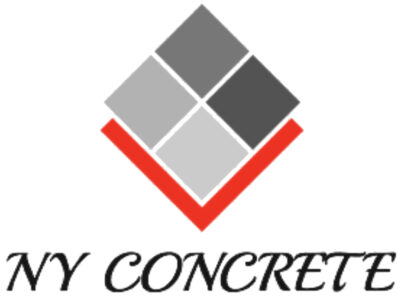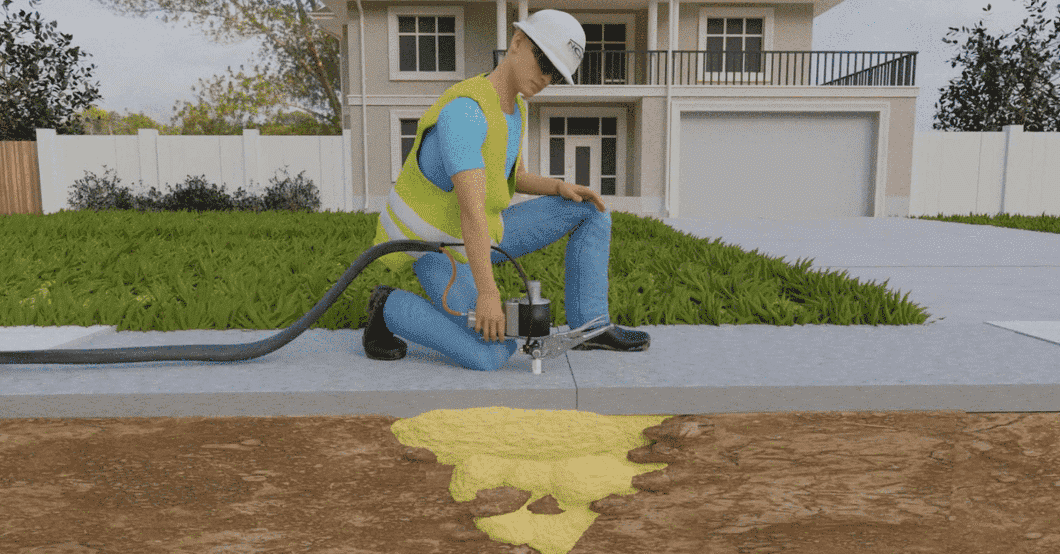business-services

May 05,2025 • 6 min read
Navigating Concrete Sidewalks: Costs, Repairs, and Ensuring Safe Footpaths in Your Community

Your sidewalks play a vital role in the fabric of your community. They are the pathways for neighbors connecting, children heading to school, and leisurely strolls on a sunny afternoon. However, time, weather, and unforeseen circumstances can take their toll, leading to cracks, uneven surfaces, and potential hazards. Understanding the costs associated with concrete sidewalk repair and replacement, along with proactive maintenance, is crucial for homeowners, property managers, and community associations alike. This article will delve into the intricacies of concrete sidewalk cost, explore common repair methods, and highlight the importance of maintaining safe and accessible footpaths within your USA community.
Understanding the Factors Influencing Concrete Sidewalk Cost
The cost of concrete sidewalk work, whether it's a repair or a complete replacement, isn't a one-size-fits-all figure. Several key factors come into play, influencing the final estimate you'll receive. Being aware of these elements will empower you to better understand quotes and make informed decisions.
1. Scope of the Project:
- Repair vs. Replacement: Naturally, repair sidewalk will generally be less expensive than a complete replacement. Repairs might involve patching cracks, leveling uneven slabs, or addressing minor surface damage. Replacement entails removing the existing concrete and pouring a new section, which involves more labor and materials.
- Size of the Affected Area: The larger the area needing repair or replacement, the higher the cost will be. This is directly proportional to the amount of concrete, labor hours, and potential disposal fees involved.
- Complexity of the Job: Obstacles such as landscaping, trees with encroaching roots, underground utilities, or difficult access can increase the complexity of the project and, consequently, the cost.
2. Materials and Labor:
- Concrete Mix and Reinforcement: The specific type of concrete mix required, including any additives for strength or durability, will affect material costs. The need for reinforcement, such as wire mesh or rebar, especially in areas prone to heavy loads or ground movement, will also add to the expense.
- Labor Costs: Labor is a significant component of any concrete work. Rates can vary based on the contractor's experience, the prevailing wage in your area, and the time required to complete the job. More complex projects or those requiring specialized skills will likely have higher labor costs.
- Permits and Inspections: Depending on your local regulations, you may need to obtain permits before starting any sidewalk work. These permits often come with fees. Additionally, inspections may be required at various stages of the project, adding to the overall cost.
3. Site Conditions and Preparation:
- Demolition and Removal: If a section of the sidewalk needs to be replaced, the cost of demolition and removal of the old concrete must be factored in. This includes the labor and any associated disposal fees.
- Excavation and Grading: Proper preparation of the sub-base is crucial for a long-lasting sidewalk. This may involve excavation, grading, and compaction of the underlying soil, which can add to the cost, especially if the existing sub-base is unstable.
- Formwork: Creating the forms to contain the wet concrete is a necessary step in both repair and replacement. The complexity and size of the forms will influence the labor time and material costs.
4. Additional Costs:
- Finishing and Sealing: The type of finish applied to the concrete surface (e.g., broom finish, exposed aggregate) can influence the final cost. Applying a sealant to protect the concrete from the elements and prolong its lifespan is also an additional expense but a worthwhile investment.
- Landscaping Restoration: If the sidewalk work involves disturbing surrounding landscaping, the cost of restoring it to its original condition should be considered.
- Contingency Funds: It's always wise to have a contingency fund to cover unforeseen issues that may arise during the project.
Common Concrete Sidewalk Repair Methods and Their Costs
When faced with a damaged sidewalk, determining the most appropriate repair method is crucial for both effectiveness and cost-efficiency. Here are some common repair techniques:
1. Crack Repair:
- Description: Filling cracks with a concrete crack filler or sealant. This is suitable for narrow, non-structural cracks.
- Cost: Generally the least expensive option, often ranging from a few dollars for DIY materials to a few hundred dollars for professional application depending on the length and number of cracks.
2. Patching:
- Description: Removing and replacing a small, damaged section of concrete.
- Cost: More expensive than crack repair, with costs varying based on the size and depth of the patch. Expect to pay several hundred to over a thousand dollars depending on the extent of the damage and labor involved.
3. Slabjacking (Mudjacking or Concrete Lifting):
- Description: Injecting a grout or polyurethane foam mixture beneath sunken concrete slabs to lift them back to their original level.
- Cost: A cost-effective alternative to complete replacement for uneven slabs. Prices can range from a few hundred to a couple of thousand dollars per slab, depending on the size and the amount of lifting required.
-
Grinding:
- Description: Using specialized equipment to grind down raised edges or uneven surfaces to create a smooth, trip-free walkway.
- Cost: Typically priced per linear foot or per affected area. Costs can range from a few hundred to over a thousand dollars depending on the extent of the unevenness.
5. Resurfacing:
- Description: Applying a thin layer of new concrete or a specialized overlay over the existing surface to repair minor damage and improve appearance.
- Cost: Can be a more affordable option than complete replacement, with costs varying based on the type of overlay and the size of the area. Expect to pay several dollars per square foot.
6. Complete Replacement:
- Description: Removing and replacing the entire damaged section of the sidewalk.
- Cost: The most expensive option but necessary for severely damaged or deteriorated sidewalks. Costs can range from several thousand to tens of thousands of dollars depending on the size, complexity, and local labor rates.
The Importance of Timely Sidewalk Repair
Addressing sidewalk damage promptly is not just about aesthetics; it's crucial for safety, liability, and maintaining the overall value and appeal of your community.
- Safety: Cracks, uneven surfaces, and potholes pose significant trip hazards for pedestrians, especially the elderly, children, and individuals with mobility issues. Prompt repairs can prevent accidents and injuries.
- Liability: Property owners can be held liable for injuries sustained due to hazardous conditions on their sidewalks. Maintaining safe walkways is essential for protecting yourself from potential lawsuits.
nyc concrete2 Details
User Profile
- Full name
- nyc concrete2
- Email address
- nyconcrete2@proton.me
- Join Date
- 2025-05-05
- State
- City
- Pincode
- Address
- 2907 Ave Z Brooklyn NY 11235
- Follow us on Facebook
- nyconcrete2
- Follow us on Twitter
- nyconcrete2
- Website Name
- https://nyconcrete.us/
- Bio
- Repairing a sidewalk involves addressing cracks, uneven surfaces, and trip hazards to ensure pedestrian safety.